A beginner's guide to the three tiers of Japanese food in Melbourne
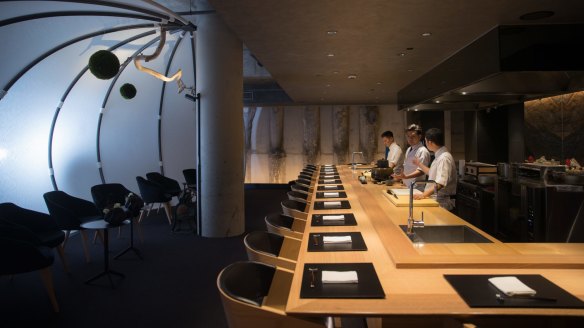
There's no such thing as a "Japanese restaurant" in Japan – at least in the sprawling tradition that we've become accustomed to over the years (think sushi, yakisoba and teriyaki chicken all in one sitting).
In Japan, local dining spans an array of restaurants that often serve only a few variations of one dish. If you want Japanese curry in Japan, you go to a curry house. Fancy some eel on rice? Head to an unagi restaurant.
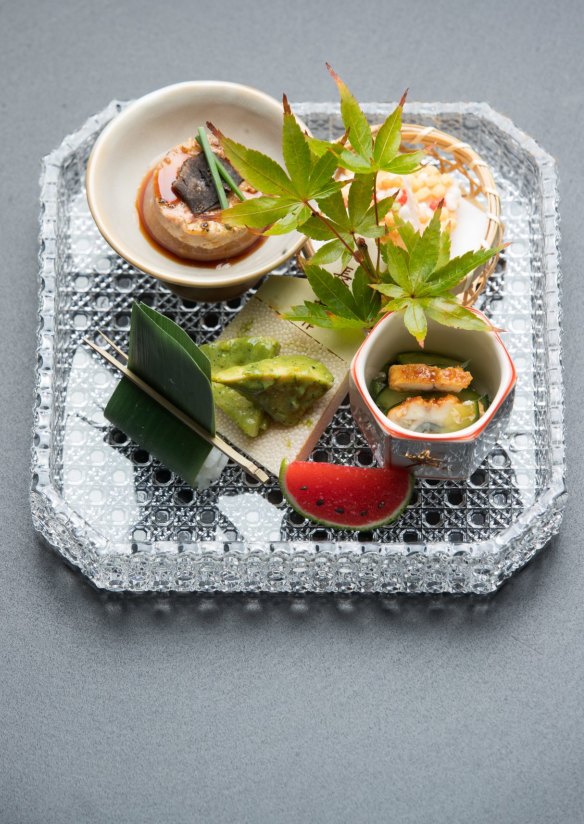
Specialist restaurants are appearing in Melbourne, from Collingwood okonomiyaki (savoury pancake) cafe Papirica, to the CBD's Saint Dreux katsu sandwich bar and tonkatsu (crumbed pork) joint Gypsy & Pig.
"If you look at Chinese cuisine, it varies regionally," says restaurateur Chris Lucas. "But Japanese varies in terms of its offerings."
Another mental point of departure for Australians is price. While here we tend to correlate a meal's cost with its quality, in Japan price represents the type of meal itself. A bowl of ramen, for instance, will always cost about $10-15 in Japan, even if it has a Michelin star attached to it; whereas kaiseki, the peak of Japanese fine dining, is available only at the top end.
There are, of course, exceptions. Sushi is available at every level, from convenience stores to fancy restaurants. Even the lowliest handroll is treated with reverence in Japan.
Which isn't to say we're not making ground in Melbourne. "We're a long way from truly understanding amazing Japanese food, but we're getting there," says Lucas, who opened the multi-level Kisume in the CBD. He says that 20 years ago it was "a bit like the '50s when it came to European food" with new suburban Japanese restaurants.
Two decades later, Melbourne has Japanese restaurants across all three dining levels.
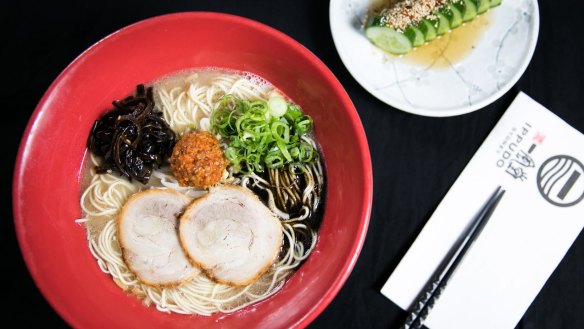
Ramen (casual dining)
Ramen, the quintessential casual Japanese dish, has caught on over the past few years in Melbourne much as it did in New York several years prior.
Offerings, while diverse and at times region-specific, fall into four basic types, each reflecting the meat-based broth it's served in: shoyu (soy), miso, shio (salt-based) and tonkotsu.
Tonkotsu is a rich and sometimes thick broth that's made from different cuts of pork and chicken, simmered over several hours. The flavour is salty and umami, and can be a little jarring for a first-timer.
A good entry point is Ippudo, a ramen chain that started in 1985 in Fukuoka and now has stores all over the world, including one in Melbourne (and six others around Australia). They serve Hakata-style ramen, a creamy version of tonkotsu, from $15 a bowl. Toppings include pork loin and black fungus, and the ramen comes with thin wheat noodles in varying levels of firmness.
Ippudo, shop 18 Artemis Lane, QV, 300 Lonsdale Street, Melbourne, ippudo.com.au
Also try:
Mr Ramen San, shop 12a, 200 Bourke Street, Melbourne, mrramensan.com.au
Shujinko, 225 Russell Street, Melbourne, read our review
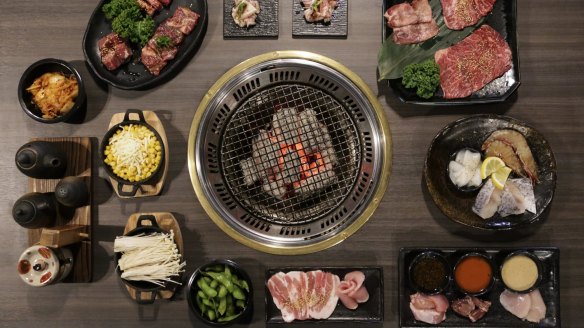
Yakiniku (mid-range dining)
The premise of yakiniku is fairly straightforward: "yaki" means "grilled" in Japanese, and "niku" means "meat".
Unlike ramen, where solo dining is far from taboo, yakiniku is designed to be shared. It's the Japanese version of Korean barbecue, involving a DIY hot plate or charcoal grill (that's often built into the table with vents hanging overhead), and rounds playing chef.
In Japan, yakiniku is usually priced according to a menu type (ranging from basic to luxurious meat options) and set time period. Different bite-sized meats appear in regular succession alongside salads and bottomless bowls of rice. Beer, sake and grapefruit cocktails are also likely to appear.
Shinbashi, in Carlton, is one of Melbourne's few yakiniku specialists. Its menu includes different cuts of beef, pork, chicken and lamb, plus plenty of vegetable and seafood options. The atmosphere is fairly representative, and they offer a 90-minute, all-you-can-eat option for $60 per person.
Shinbashi, 294 Lygon Street, Carlton, shinbashimelb.com
Also try:
Takumi, 32 Bourke Street, Melbourne, takumi.com.au
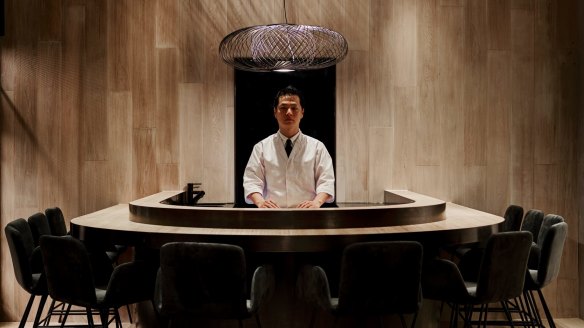
Kaiseki and omakase (fine dining)
Kaiseki is firmly at the top of Japan's culinary pyramid. It's an elaborate, multifaceted, multi-course feast that emphasises seasonality and ingredients over actual dishes, which encompass different styles such as grilled, simmered, pickled and raw.
Ishizuka, which opened in 2018 on Bourke Street, is a stylish 16-seat kaiseki restaurant that serves constantly changing dishes such as egg custard and salmon roe, or nine-score wagyu (the highest grade of marbling for the prized beef).
Lucas, who recently moved away from kaiseki at Kisume, offers another Japanese fine-dining staple: omakase. Like kaiseki, it's less a cuisine and more a style of dining, giving the chef full autonomy over a meal, which at Kisume involves dishes such as alphonsino and black caviar nigiri, wagyu truffle balls and different preparations of blue-fin tuna, Japan's most revered fish.
Superlatives such as kaiseki and omakase come at superlative costs: a meal at Ishizuka is $235 per person, while a spot at Kisume's dashing 12-seat chef's table will set you back $195.
At the other end of the dining spectrum, Lucas says that he plans to open a range of casual Japanese eateries to be announced over the next six to 12 months. "I think there's a huge opportunity to introduce real, proper handrolls," he says of one project.
Ishizuka, b01, 139 Bourke Street, Melbourne, ishizuka.com.au
Kisume, 175 Flinders Lane, Melbourne, kisume.com.au
Restaurant reviews, news and the hottest openings served to your inbox.
Sign up